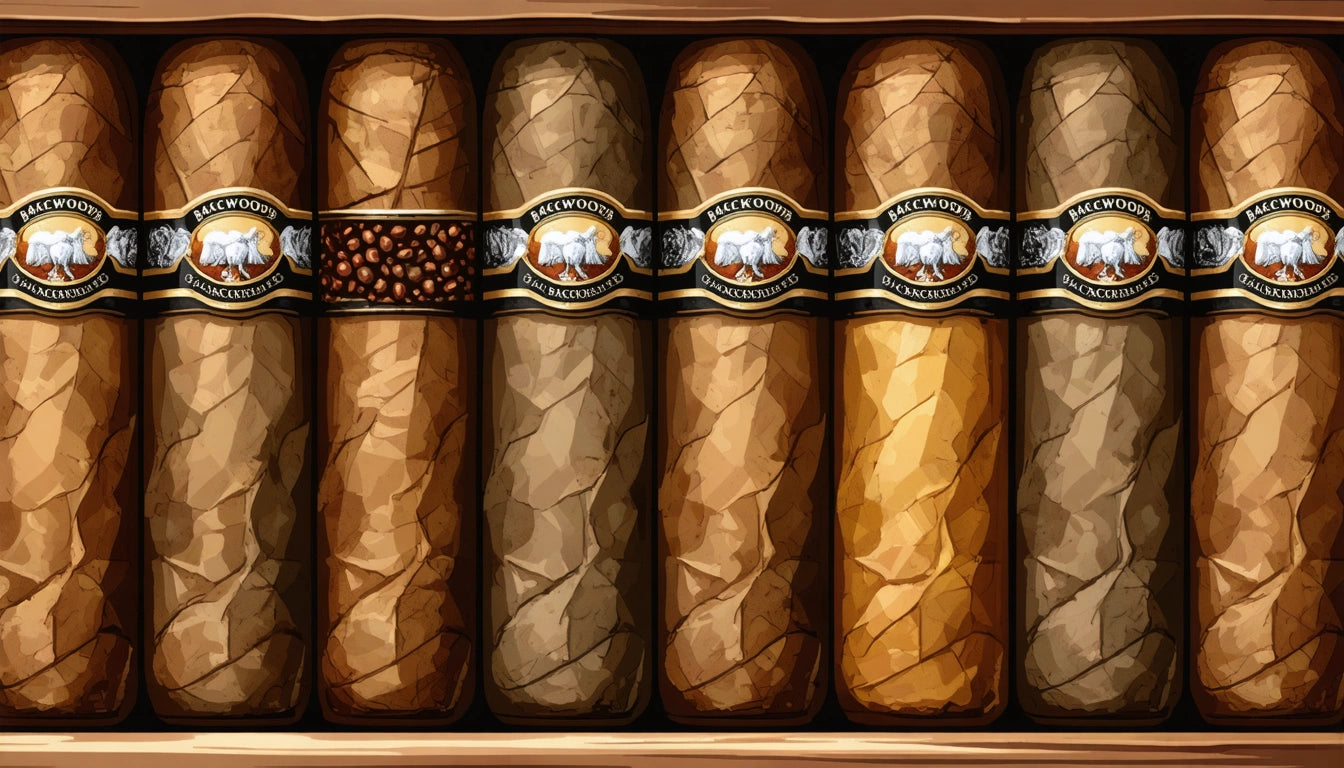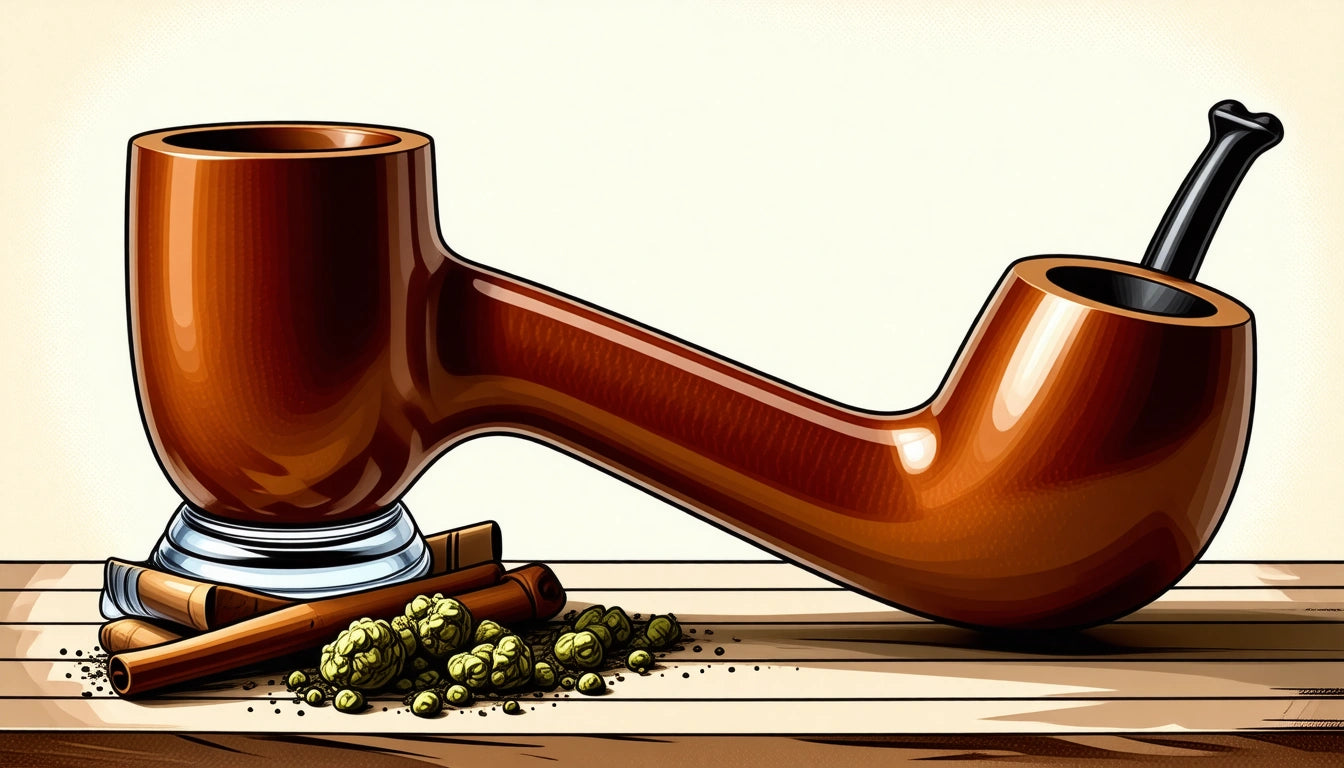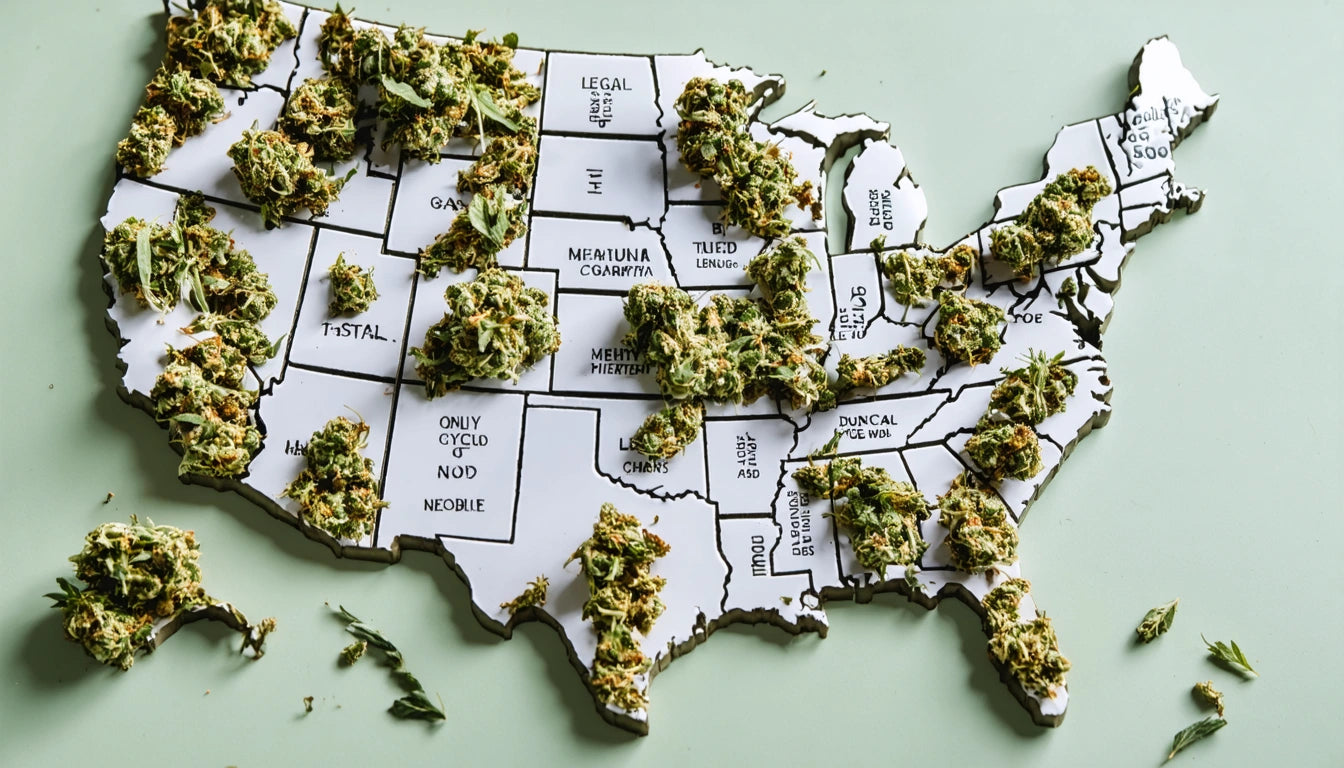Table of Contents
The Composition and Crafting of Backwoods Cigars
Backwoods cigars have gained significant popularity for their distinctive rustic appearance and natural tobacco flavor. Understanding what Backwoods are made of and how they're crafted provides insight into their unique characteristics and appeal among cigar enthusiasts.
Backwoods Composition: Natural Tobacco Ingredients
Backwoods cigars are primarily made of all-natural tobacco components. The main elements that constitute a Backwood include:
- Connecticut Broadleaf tobacco for the outer wrapper
- Caribbean Basin Cuban-seed tobacco for the filler
- Natural plant-based adhesives to secure the structure
- Proprietary flavor compounds for the various offerings
Unlike many machine-made cigars, Backwoods feature an unprocessed, rustic leaf wrapper that gives them their signature appearance. This natural leaf contributes to both the aesthetic appeal and smoking experience that distinguishes Backwoods from more refined cigar products.
Tobacco Selection and Sourcing for Backwoods
The tobacco used in Backwoods undergoes careful selection to maintain consistency across products. The Connecticut Broadleaf tobacco, known for its naturally sweet characteristics, is specifically chosen for its pliability and flavor profile that complements the inner tobacco blend.
According to this comprehensive guide on Backwoods varieties, the tobacco sourcing varies slightly between standard and select lines, with the premium offerings using higher-grade leaf selections.
Regional Tobacco Variations
The tobacco used in Backwoods comes from several growing regions:
- Connecticut Valley (wrapper leaves)
- Dominican Republic (some filler components)
- Honduras and Nicaragua (additional filler varieties)
These regional variations contribute to the complex flavor profile that has made Backwoods a popular choice among consumers seeking a more natural smoking experience.
Backwoods cigars are distinguished by their all-natural tobacco composition, featuring Connecticut Broadleaf wrappers and Caribbean Basin Cuban-seed fillers with minimal processing.
The Manufacturing Process: How Backwoods Are Made
The production of Backwoods cigars follows a semi-automated process that preserves the natural characteristics of the tobacco while ensuring consistency. Unlike premium hand-rolled cigars, Backwoods are made using a combination of machine processing and hand-finishing techniques.
Step-by-Step Production
- Tobacco leaf selection and initial quality sorting
- Curing and aging of wrapper and filler tobaccos
- Flavor infusion for specific varieties
- Machine-assisted rolling with natural leaf wrappers
- Hand-finishing to create the irregular, rustic edge
- Quality inspection and packaging
For manufacturers looking to produce similar products, specialized filling equipment can help maintain consistency while working with natural leaf materials that tend to have more variation than processed tobacco sheets.
Flavor Infusion Techniques in Backwoods Cigars
One of the distinctive features of Backwoods cigars is their variety of flavored options. The flavor infusion process occurs during the curing stage, where natural and artificial flavoring agents are applied to the tobacco. Popular Backwoods flavors include:
- Honey Bourbon
- Sweet Aromatic
- Honey Berry
- Dark Stout
- Vanilla
- Original (unflavored)
The pricing structure for these varieties reflects both ingredient costs and market demand, as detailed in this price comparison of Backwoods varieties.
Quality Control and Consistency Standards
Maintaining consistency in a product made from natural agricultural materials presents unique challenges. Backwoods implements several quality control measures throughout production:
- Moisture content monitoring to ensure proper burn characteristics
- Visual inspection for wrapper integrity and appearance
- Density testing for proper draw resistance
- Flavor profile verification through sampling
These quality control measures help ensure that despite the natural variation in tobacco leaves, the final product delivers a consistent experience that consumers expect from the brand.
For those interested in the broader context of natural materials in production, this exploration of hemp production and benefits provides additional perspective on natural agricultural materials in manufacturing.
Industry Innovations and Future Developments
The cigar industry continues to evolve, with Backwoods and similar products adapting to changing consumer preferences and regulatory requirements. Recent innovations include:
- Sustainable sourcing initiatives for tobacco cultivation
- Improved flavor retention technologies
- Enhanced packaging to maintain freshness
- Development of limited edition and seasonal varieties
As consumer interest in natural products grows, manufacturers are focusing on transparency regarding ingredients and production methods. This trend aligns with broader industry movements toward authenticity in tobacco products, similar to developments seen in related product categories.
Understanding what Backwoods are made of provides valuable context for consumers and industry professionals alike. From their distinctive natural tobacco wrapper to their carefully selected fillers and flavor infusions, these cigars represent a specific niche in the tobacco market that balances traditional materials with modern production techniques.











Leave a comment
All comments are moderated before being published.
This site is protected by hCaptcha and the hCaptcha Privacy Policy and Terms of Service apply.